15. Utah

Utah comes in at number fifteen on the list of states with the biggest racial wealth gaps, as it has growing racial financial inequality despite not being the worst.
Black residents earn 35% less than white residents, and their poverty rate is more than 161% higher, highlighting the state’s uneven distribution of financial resources. Homeownership shows similar gaps, with Black residents 63% less likely to own homes
14. Maryland
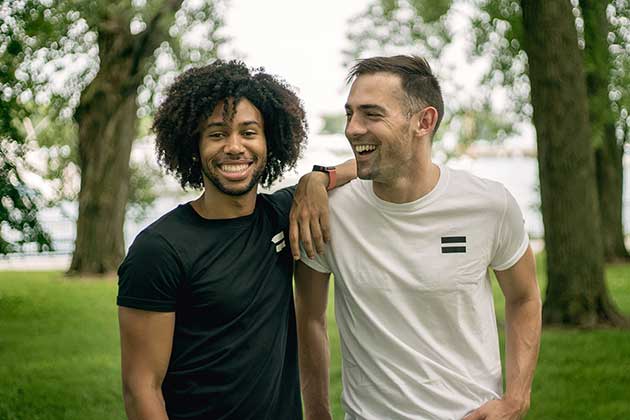
Maryland sees smaller income gaps than some states, but disparities persist. Black residents earn 27% less than white residents and are twice as likely to live in poverty, showing barriers to achieving wealth equality.
The housing divide is notable; Black residents are 32% less likely to own homes than white residents, while gaps in bachelor’s degree attainment contribute to enduring financial challenges for minorities.
13. Kansas

Kansas struggles with racial financial disparities. Black residents earn over 36% less than white residents, while poverty rates for Black residents are nearly 138% higher. These figures underscore the challenges faced by many minorities in the state.
Homeownership also shows inequality, with Black residents 48% less likely to own homes. Educational gaps, especially among Hispanic residents, further deepen the challenges, affecting long-term financial progress.
12. New Jersey
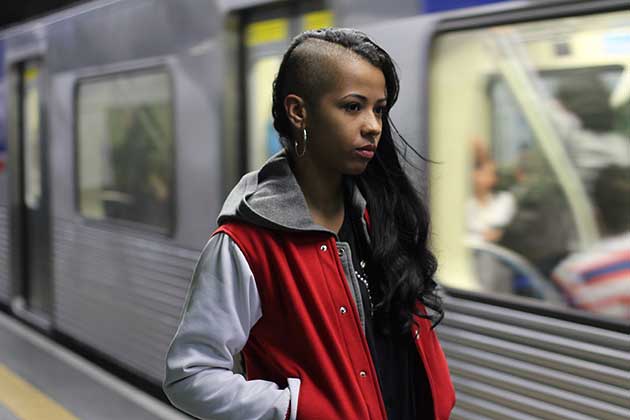
In New Jersey, Black residents are the most disadvantaged group when it comes to median household income gap with Black residents earning 38% less than white residents. Hispanic residents are the most disadvantaged in the three other categories WalletHub researched.
Hispanic residents are 48% less likely to own homes, 53% less likely to receive higher education, and have poverty rates that are 166% higher than white residents. Odds are heavily stacked against minorities in this state.
11. Massachusetts

Massachusetts faces significant financial gaps between racial groups. Hispanic residents earn 43% less than white residents and are 204% more likely to live in poverty, marking stark differences in economic opportunities across communities.
Homeownership rates highlight further inequality, with Hispanic residents 56% less likely to own homes. Lower educational attainment also impacts future earning potential, leaving minority groups with fewer pathways to financial stability.
10. South Dakota

South Dakota’s wealth gap is clear in homeownership, where Black residents are 65% less likely to own homes than white residents. This limits access to a key way families build and pass on wealth.
Education is another area of concern. Hispanic residents are 44% less likely to have a bachelor’s degree, which significantly impacts earning potential and job opportunities, keeping the cycle of inequality going.
9. Connecticut

Connecticut has notable racial wealth divides. Hispanic residents earn significantly less than white residents, and their poverty rates are over 227% higher, showing how some groups face larger struggles to achieve financial stability.
Hispanic residents are also 49% less likely to own homes than white residents. Combined with lower educational attainment, these gaps make it tough for many to achieve upward mobility and stable wealth.
8. Illinois

Illinois has wide income disparities between racial groups. Black residents earn 45% less than white residents and are 185% more likely to live in poverty. These differences highlight serious inequality in financial resources.
Homeownership is another challenge, with Black residents 46% less likely to own homes. This, combined with large gaps in education and job opportunities, adds to the economic struggles of minority communities.
7. Rhode Island

Rhode Island struggles with racial income and housing inequality. Hispanic residents have a 40% lower median income than white residents, while Black residents are nearly 49% less likely to own homes.
Educational gaps also stand out, with Hispanic residents 58% less likely to earn a bachelor’s degree. These inequalities create lasting impacts on job opportunities and efforts toward financial progress for minority groups.
6. North Dakota

North Dakota has major racial wealth gaps, especially in homeownership. Black residents are 82% less likely to own homes than white residents, showing how hard it is for minorities to build long-term wealth in the state.
Unemployment is another problem, with Black residents twice as likely to be out of work. These challenges, along with gaps in education, make it difficult for minority communities to achieve financial security or upward mobility.
5. Minnesota
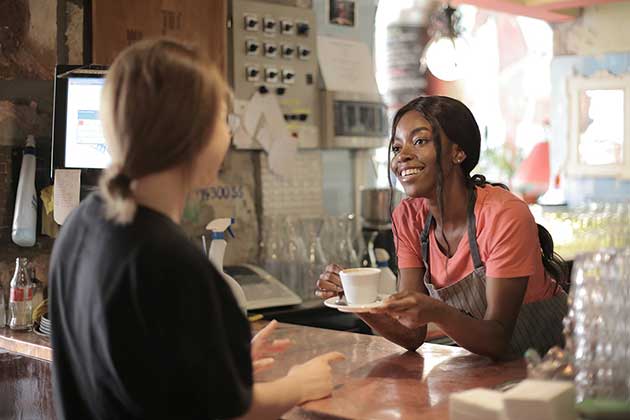
Minnesota holds the fifth position for racial wealth gaps, with income disparities of 43.3% between Black and white residents. Black residents also experience a poverty rate that is 233% higher than that of white residents.
Housing remains unequal, as Black residents are 63% less likely to own homes. Hispanic residents are at the biggest disadvantage when it comes to education, 39% less likely to have the opportunity to pursue higher education.
4. Iowa
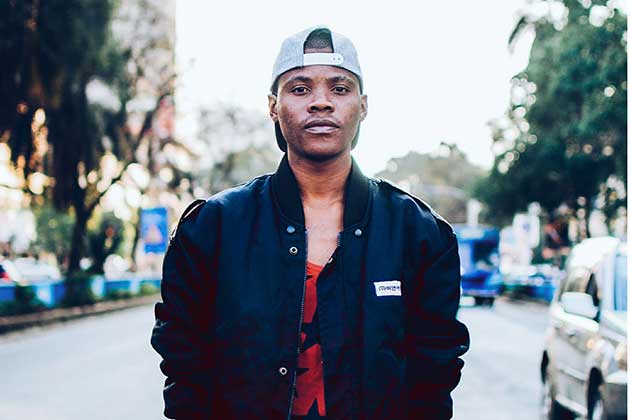
Iowa ranks fourth, with stark racial disparities in homeownership and income. Black residents earn 43.9% less than white residents and are 63% less likely to own homes, reflecting systemic inequities in economic opportunities.
Educational and employment gaps persist, with Black residents 45% less likely to attain a bachelor’s degree. This lack of access to education is a key driver of higher poverty and unemployment rates among minority groups.
3. Nebraska

Nebraska's racial wealth gap ranks third, driven by the nation's widest high-school graduation rate gap. Hispanic residents are 29% less likely to graduate, significantly affecting their long-term earning potential and economic stability.
Higher education disparities are also notable, with Hispanics and Black residents 56% less likely to earn a bachelor's degree than white residents. Unemployment rates for Black residents are 210% higher, compounding financial inequities.
2. Wisconsin

Wisconsin ranks second for racial wealth gaps, with white residents earning nearly 49% more than their Black peers. Black residents face a daunting 240% higher likelihood of living in poverty compared to white residents.
Homeownership symbolizes another challenge in Wisconsin. Black residents are 63% less likely to own homes than white residents, contributing to generational wealth deficits. Persistent factors like redlining and discriminatory practices fuel these disparities.
1. District of Columbia

The United States' capital, the District of Columbia, has the nation's largest racial wealth gap, with white residents earning 64.5% more than Black residents. This disparity worsens for poverty, where Black residents are 327% more likely to live below the poverty line, also the highest in the country.
Black residents are 61% less likely to hold a bachelor’s degree than their white counterparts. Despite having the smallest gap in homeownership rates, extreme differences in employment and education make the wealth divide significantly worse. These numbers do not paint a great picture of the country.
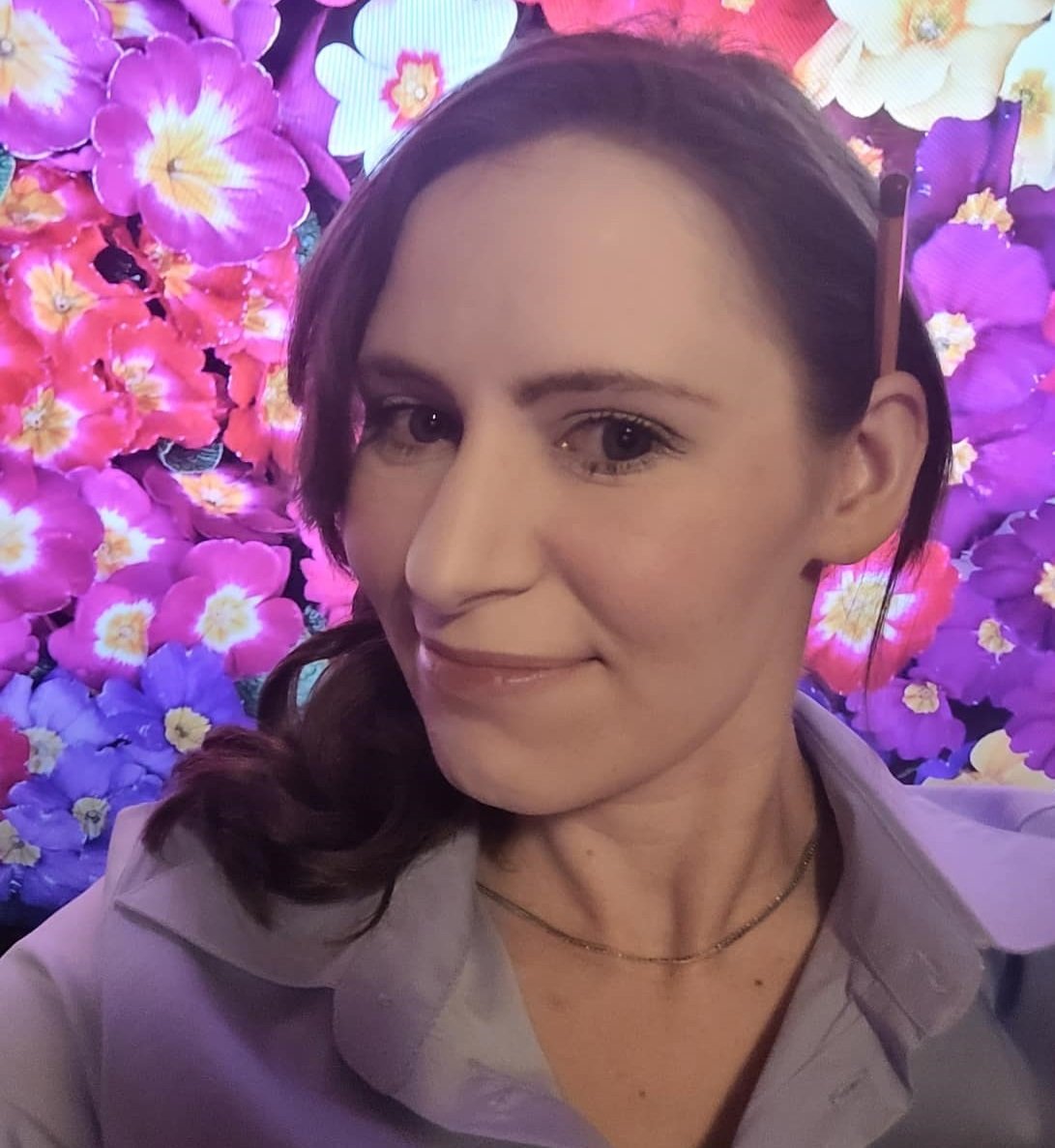 Author
Jennifer Freehill
Last Updated: May 16, 2025
Author
Jennifer Freehill
Last Updated: May 16, 2025